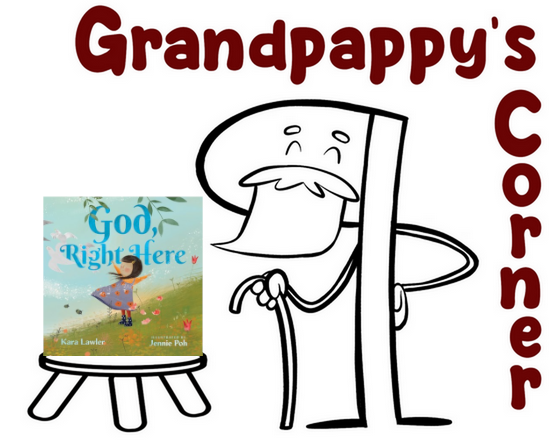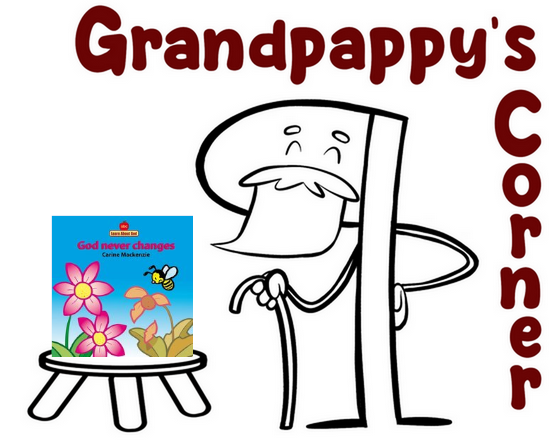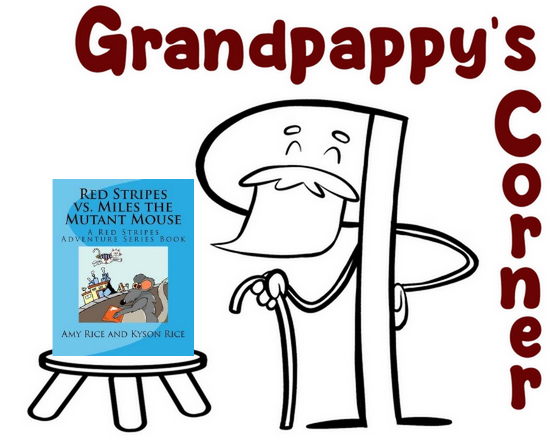I am fully aware that the following post overuses the word “delightful.” I wanted to use it at least a dozen more times. This is both a sign that my working vocabulary needs expansion and that this book is a delight. More the latter than the former.
 The Book That No One Wanted to Read
The Book That No One Wanted to Read
(Hardcover/Audiobook)
by Richard Ayoade
Narrated by Richard Ayoade, Jarvis Cocker, Lydia Fox
Illustrated by Tor Freeman
DETAILS:
Publisher: Walker Books US (hardcover); W.F. Howes, LTD. (audiobook)
Publication Date: March 14, 2023
Format: Hardcover/Audio
Length: 108 pg./49 min.
Read Date: April 4, 2023

What’s The Book That No One Wanted to Read About?
This is tricky without giving the whole thing away…but I think I can get close to it. Maybe more idea of the flavor?
We’re told at the very beginning that this book isn’t like others—other books are written by authors, while this book is written by a book. A book with opinions. For example, about authors:
Take it from me, authors can be quite annoying. They go on and on, filling up up page after page, but they have no idea what it’s like to be a book.
or these parts of Top Five Things That Grate My Gears (I’m only giving selections, but I want to give the whole thing):
1. People who fold the corner of the page to save their place.Have these savages not heard of novelty bookmarks? Or paper?…Which part of your body would you most like to have folded back on itself?*
2. People who underline certain words. ALL THE WORDS ARE IMPORTANT!
3. People who skip to the end. If the end was meant to come sooner, it’d be called “the middle.”
and don’t get it started on Ipswitch.
* The accompanying illustration of examples of ways to fold a body is delightful.
This book then goes on to tell a story in the second person about someone (presumably a middle-grade child, but really it could be anyone) who is going through a very large library and comes across the shelf holding The Book That No One Wanted To Read. That book then begins having a telepathic conversation with the “you” about being a book, the book’s plight as being so ignored, and how “you” can help it.
I’m not sure that makes sense—but it should give you an inkling of what you’re in for.
The Narration
Jarvis Cocker handles the bulk of the narration—he’s the voice of the opinionated Book telling the story, and as such is the voice that describes the “you” walking around. I could listen to his portions on repeat for a few hours at a time and be quite content (when I wasn’t laughing).
Richard Ayoade is the voice of the titular book and brings his distinguishing style to that narration. If you don’t smile listening to him as this character, you’re doing something wrong.
Lydia Fox provides the voice for the middle grader in conversation with the book. She’s just as fantastic as the others, and I only mention her last as I went in order of appearance.
This is one of those multi-narrator audiobooks where all the narrators are equally good—capturing the spirit and tone of the text and bringing it to life. I’d say that Cocker is the best narrator of the three, unless you asked me in the middle of one of Ayoade’s lines. Or while Fox was reading. I just loved all the audio aspects of this book.
The Illustrations
Oh, wow. I love the illustrations—they are absolutely great. It’s a sketchy kind of art, immediately relatable (think Jules Feiffer). They grab you right away and are just delightful—as funny as the text, without overshadowing it. They have the same voice, the same kind of humor, but don’t just retell the jokes in the book—sometimes they riff off them, expand them, and sometimes the humor is just adjacent to the jokes in the text.
I don’t normally recommend this kind of thing, but you can pick up the book and just look at the pictures (and read the captions) and have a good time without bothering with anything The Book is trying to convey.
So, what did I think about The Book That No One Wanted to Read?
When I heard about the book a few months ago, I was intrigued and made a mental note to look into it when it was released. Then I promptly forgot about it until I saw it on my library’s app. I’d intended on getting the text version, but I needed something short, so I jumped on it.
I was charmed instantly and loved the experience so much that I ran out to get the Hardcover so I could see the text, re-read portions—and check out the pictures. I haven’t found the time to read the whole book yet—but I have looked at every illustration and read bits of it a few times. This is why I’m giving you this strange hybrid format post.
If you’re going to encounter this book without the vocal stylings of Fox, Cocker, or Ayoade, you need the illustrations to make up for them. If you’re going to read the book without the benefit of the illustrations, you need narrators as strong as those three.
In case you haven’t noticed, I’m doing much better at conveying my reaction to the book than I am the book itself. The voice and tenor of the book are great—it’s goofy and strange, the humor is occasionally dry, it’s imaginative, it’s affirming and encouraging, it wraps you in a blanket of fun and makes you feel good. The characters all three of them—”you”, The Book That No One Wanted to Read, and the Book telling the story—are the perfect way to convey the contents. You don’t want a lot of characters wandering in and out of this one—keep it simple. But you don’t want this to become a monologue or an essay (although judging by the first and final chapter, it’d be great as one of those), so you need the three voices.
The best thing that comes to mind to compare it to is The Phantom Tollbooth. But shorter. And with the humor dialed up by a factor of 50.
I have one reservation. I’m not sure that the style of humor or the content of all the jokes are going to land right with an American Fifth Grader. It feels, perhaps, too British for that. But then again, American Fifth Graders are exposed to more than I was. Also, this could be the kind of thing that trains an 11-year-old’s sense of humor in the same way that stand-up albums I didn’t fully understand did mine. So what do I know?
Bookish adults are going to have a blast with this. Middle-Grade readers who are into slightly off-kilter books will really enjoy this. Most middle-graders, as far as I know, are slightly off-kilter themselves, so maybe they’re all the right audience. Just give them this book in their preferred format and you’ve likely got a winner.
I adore this book—and think it’s going to be a favorite of mine for years to come. I can’t wait to introduce my grandson to it—and frankly, a few older friends and relatives, too.

This post contains an affiliate link. If you purchase from it, I will get a small commission at no additional cost to you. As always, the opinions expressed are my own.




![]()














